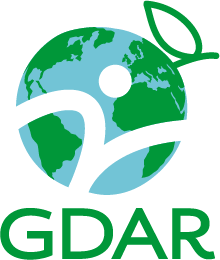Our goal is to identify and characterise the exposure to syndemic hazards in Johannesburg and Cape Town, South Africa; Yaoundé, Cameroon; Kingston, Jamaica; and Lagos, Nigeria.
Hazards in the food environment could include, for example:
- the sale, placement and availability of unhealthy food
- wider marketing and advertising of food
- the way that informal vendors might change or block route for physical activity or active travel.
Other hazards to physical activity in the build environment include, for example:
- physical disorder frequently caused by rapid urbanisation
- prioritisation of industrial facilities over green space and people-friendly environments
- barriers to active travel in how the transit system is designed or allowed to develop.
In both the food and built environment, there are further hazards arising directly from the effects of climate change. For example, rapidly shifting and extreme weather conditions may compromise urban transport networks and the availability of fresh, healthy food.
Research approach
To further understand these syndemic hazards, we will investigate the spatial clustering of unhealthy diets, physical activity, deprivation and other health and environmental hazards. We also aim to assess virtual assessment tools for measuring exposure to syndemic hazards.
Methods will include:
- rapid literature review of published evidence in this field
- stakeholder consultation to identify the most relevant hazards and how to measure them
- field and virtual audits of built and food environments
- spatial analysis of individual, household and neighbourhood diet, physical activity, NCD risk and deprivation.
